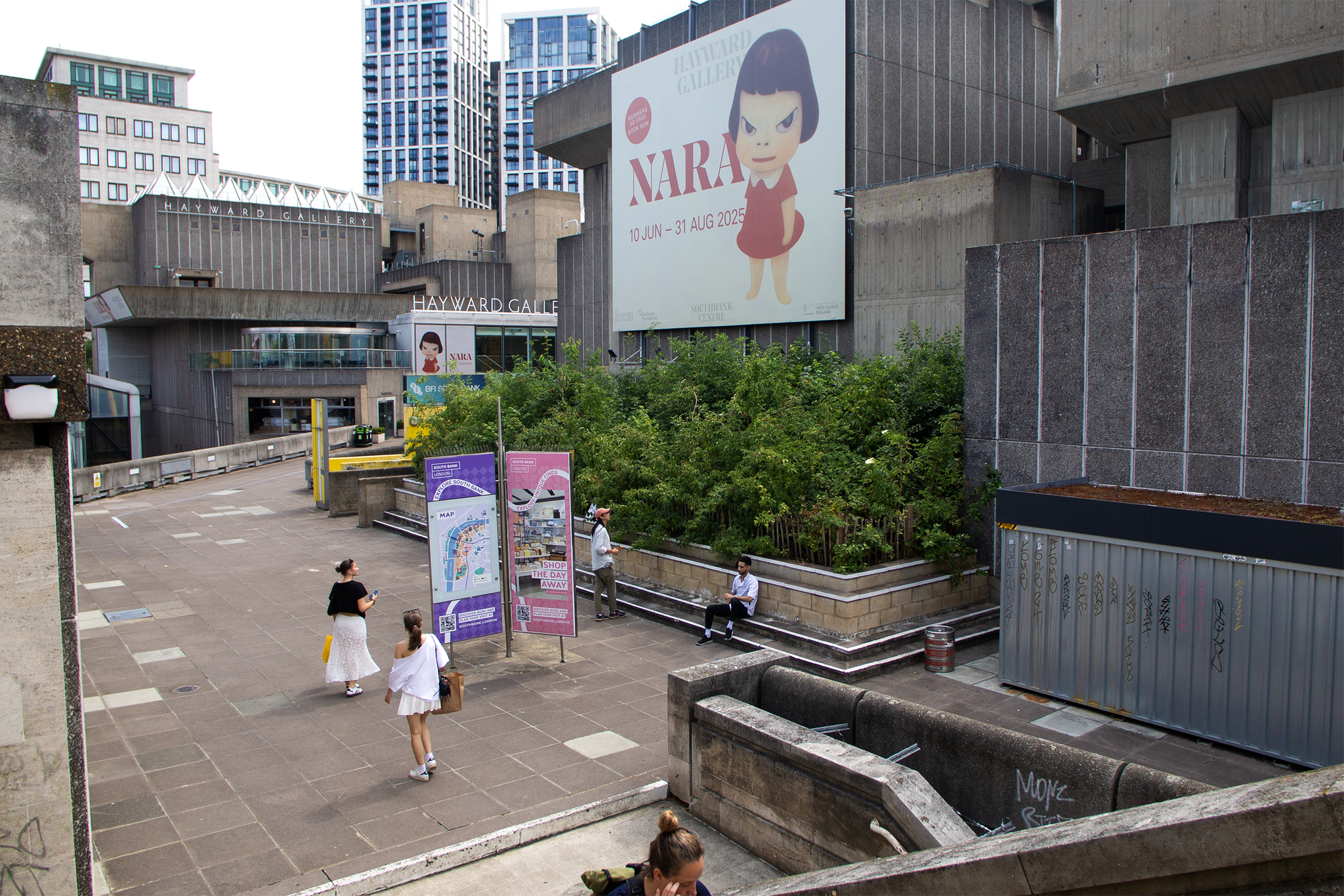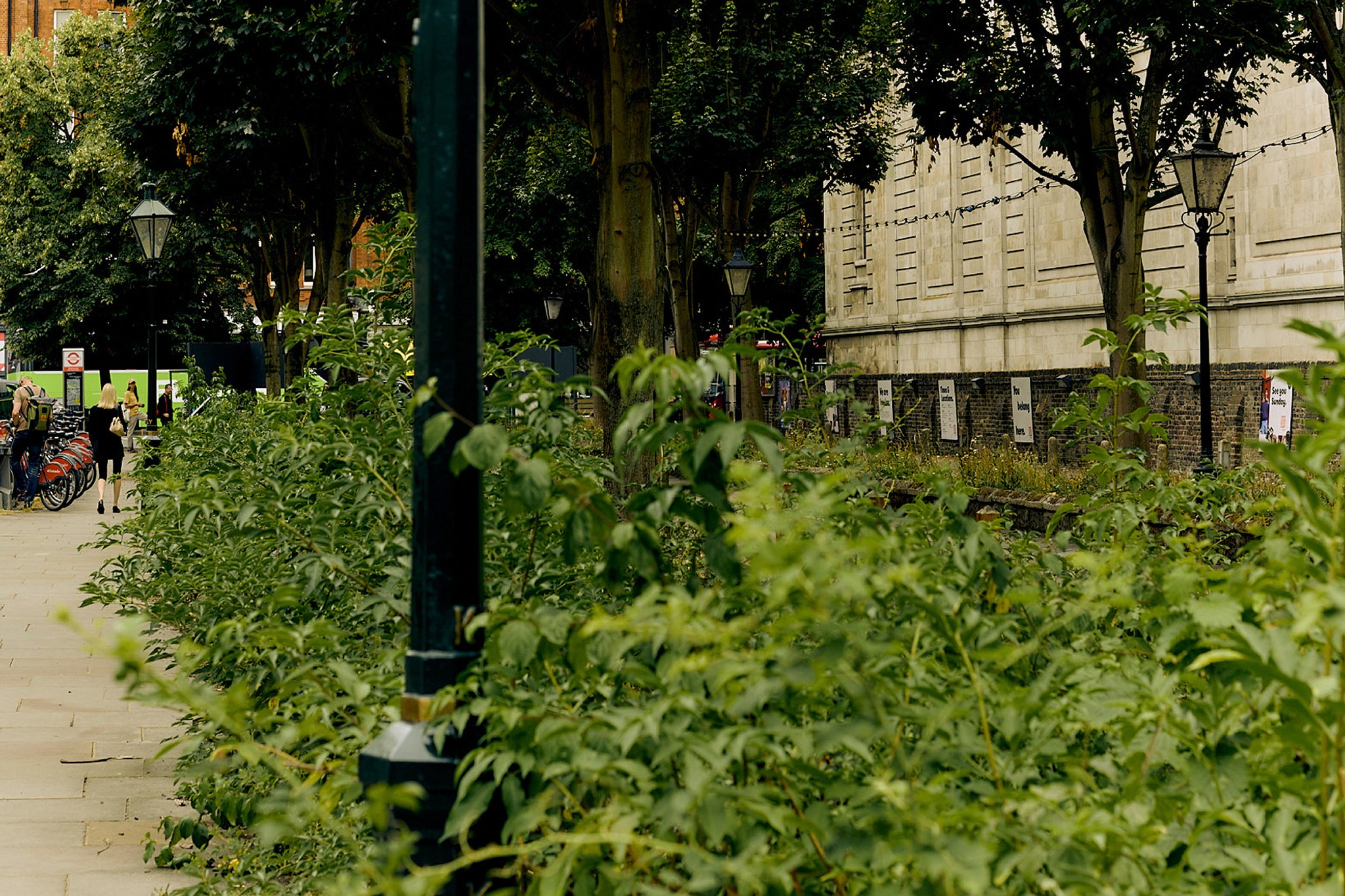Listening to the Forest: How Ecoacoustics Reveals the Hidden Life of SUGi’s Pocket Forests
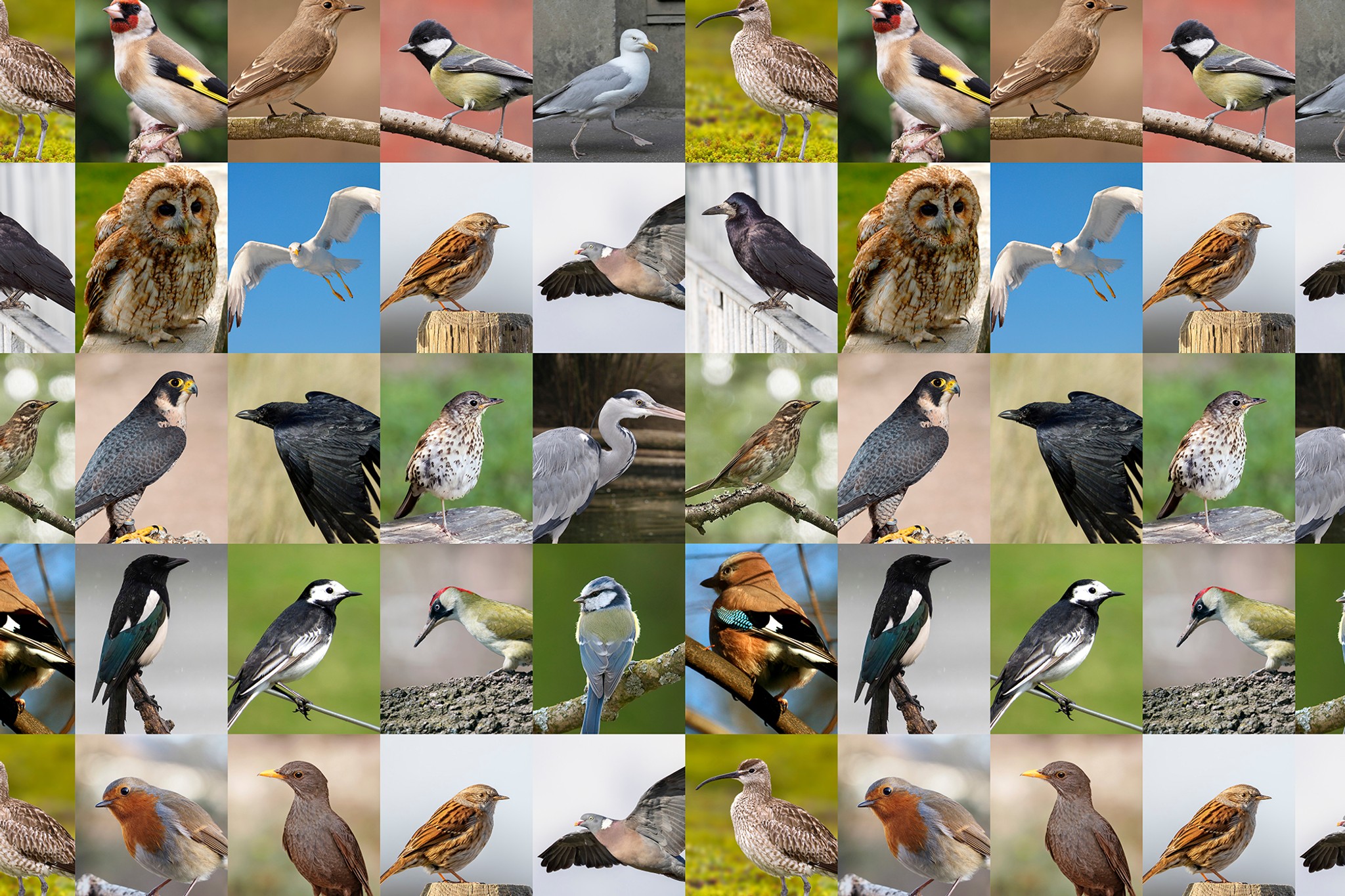
Key takeaways:
SUGi Pocket Forests in London already host species found on the UK’s Red and Amber Lists for Conservation Concern, including the spotted flycatcher, mistle thrush, and curlew.
The 2-year-old Holy Trinity Brompton Forest has a biological acoustic profile comparable to a 190-year-old churchyard nearby.
Even the youngest forests show biodiversity levels comparable to mature private gardens and established green spaces.
Ecoacoustics, the science of “listening to nature”, is helping map the real, measurable impact of urban rewilding.
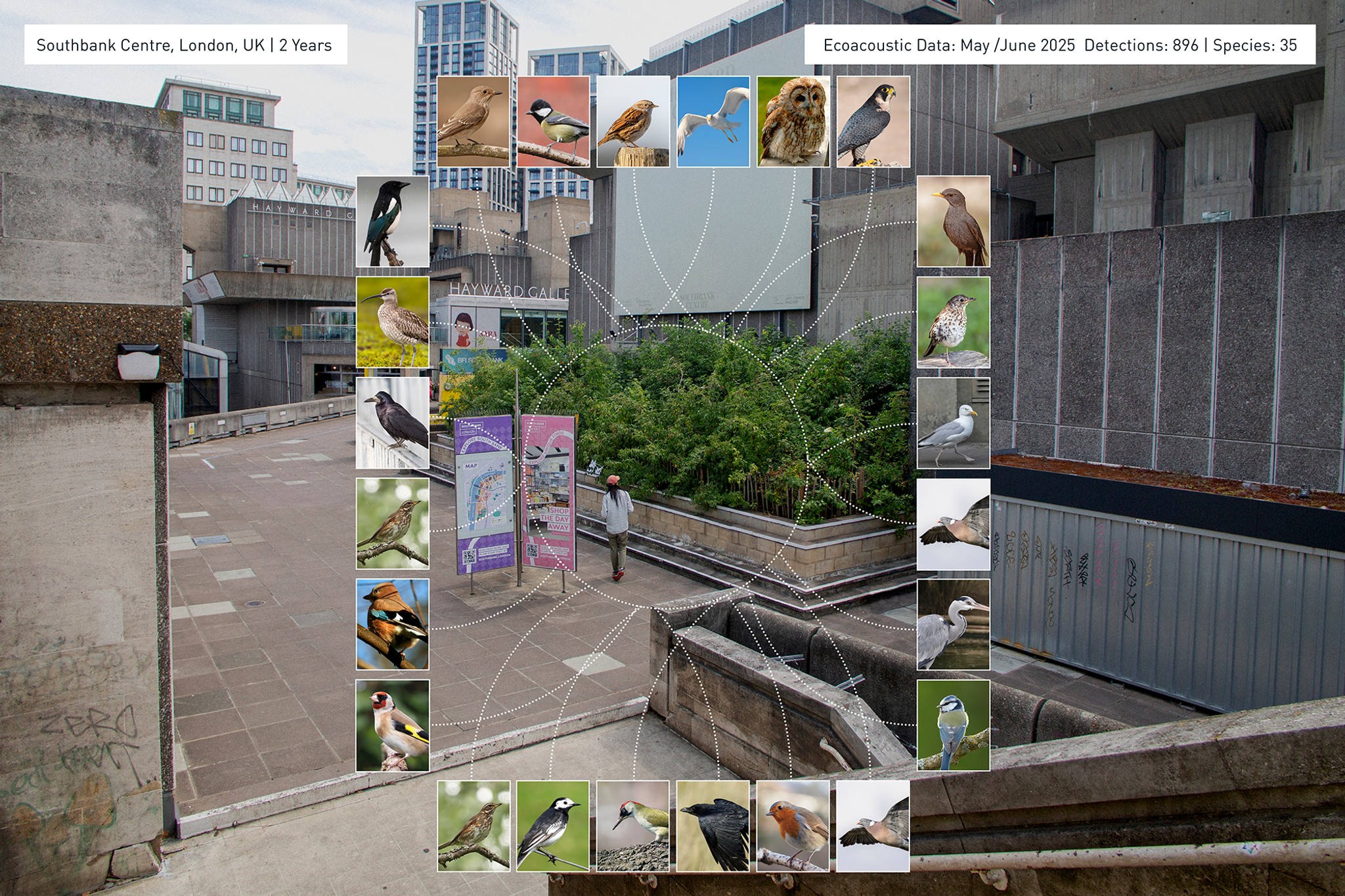
A Big Sound from Small Forests
In the heart of London, three SUGi pocket forests are proving that even small green spaces can make a powerful noise for biodiversity. An ecoacoustic study conducted by SUGi and Baker Consultants recorded the soundscapes of the Heritage Forest (est. 2021), Southbank Forest (est. 2023), and Holy Trinity Brompton Forest (est. 2023). The results are striking.
These young urban forests, each no more than a few years old, already rival mature ecosystems in species richness and ecological complexity. In some cases, they even outperform older gardens and churchyards that have been a home to wildlife for over a century.
The message is clear: when cities make space for nature, nature responds — fast.
What Is Ecoacoustics?
Ecological monitoring using passive acoustic sensors is a common practice to understand ecosystem health and complexity.Using sensitive recording devices, researchers capture the biophony (the collective sounds of birds and other wildlife) and analyze these recordings using acoustic indices -algorithms that quantify biological activity.
Sound is a powerful ecological indicator. It can reveal the diversity and abundance of species, the health of habitats, and even the effects of urban noise pollution. As highlighted in Science, ecoacoustics helps fill a critical gap in biodiversity monitoring, allowing scientists to track changes over time and across different ecosystems, from tropical rainforests to urban rewilding projects.
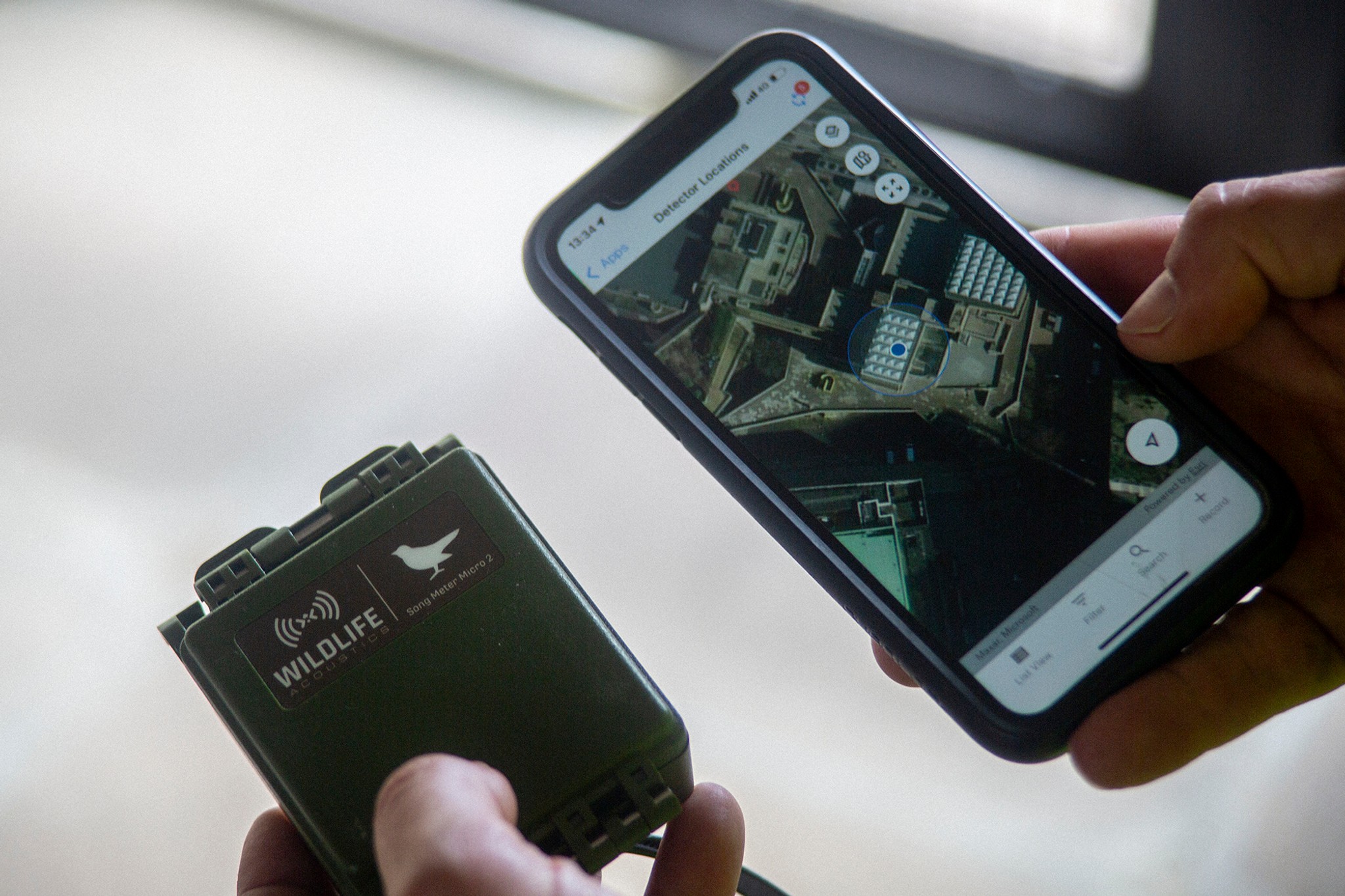
What is a Pocket Forest?
SUGi creates green infrastructure and reimagines the urban experience. Our signature strategy for building biodiversity, climate resilience and wellbeing is based on the proven Miyawaki Method of planting ultra-dense, biodiverse forests of native species only.
Since launching in May 2019, we have created over 250 SUGi Pocket Forests in 54 cities on 6 continents and reconnected almost 100,000 youth & community members to Nature.
What the Forests Are Saying
Across the three SUGi pocket forests, researchers detected a rich tapestry of bird calls that tell a story of ecological revival.
- The Southbank Forest, just two years old, already supports 35 bird species, nearly as many as the much larger and decades-old Pont Street Garden in Hans Place.
- The Holy Trinity Brompton Forest recorded a biological acoustic value comparable to the 190-year-old churchyard next door.
- The Heritage Forest, planted in 2021, continues to thrive with a growing number of detections and strong biological noise indices.
Most strikingly, species of national conservation concern were detected across all three sites. These include the spotted flycatcher, a Red List species whose UK population has declined by 88% since 1970. Once found primarily in mature woodlands, this vulnerable bird is now making its home in London’s pocket forests.
Other Red and Amber List species recorded include the curlew, mistle thrush, tawny owl, song thrush, and redwing - birds whose presence signals the ecological value of these small but rich habitats.

From Data to Discovery
Ecoacoustic data provide both quantitative and qualitative insights into the health of each forest. Two key findings stand out:
- Comparable biodiversity to mature ecosystems: Despite being just 2 to 4 years old, SUGi pocket forests showed similar acoustic diversity and biological sound energy to older, more established green spaces.
- Refuges for threatened species: The forests are already providing habitat for species of conservation concern, helping to counter biodiversity loss in central London.
Even in areas with high background noise from traffic and urban activity, the Biological Index (BI) and Normalized Difference Soundscape Index (NDSI) values demonstrated clear biological richness - showing that nature’s voice persists and even flourishes amidst the city’s hum.
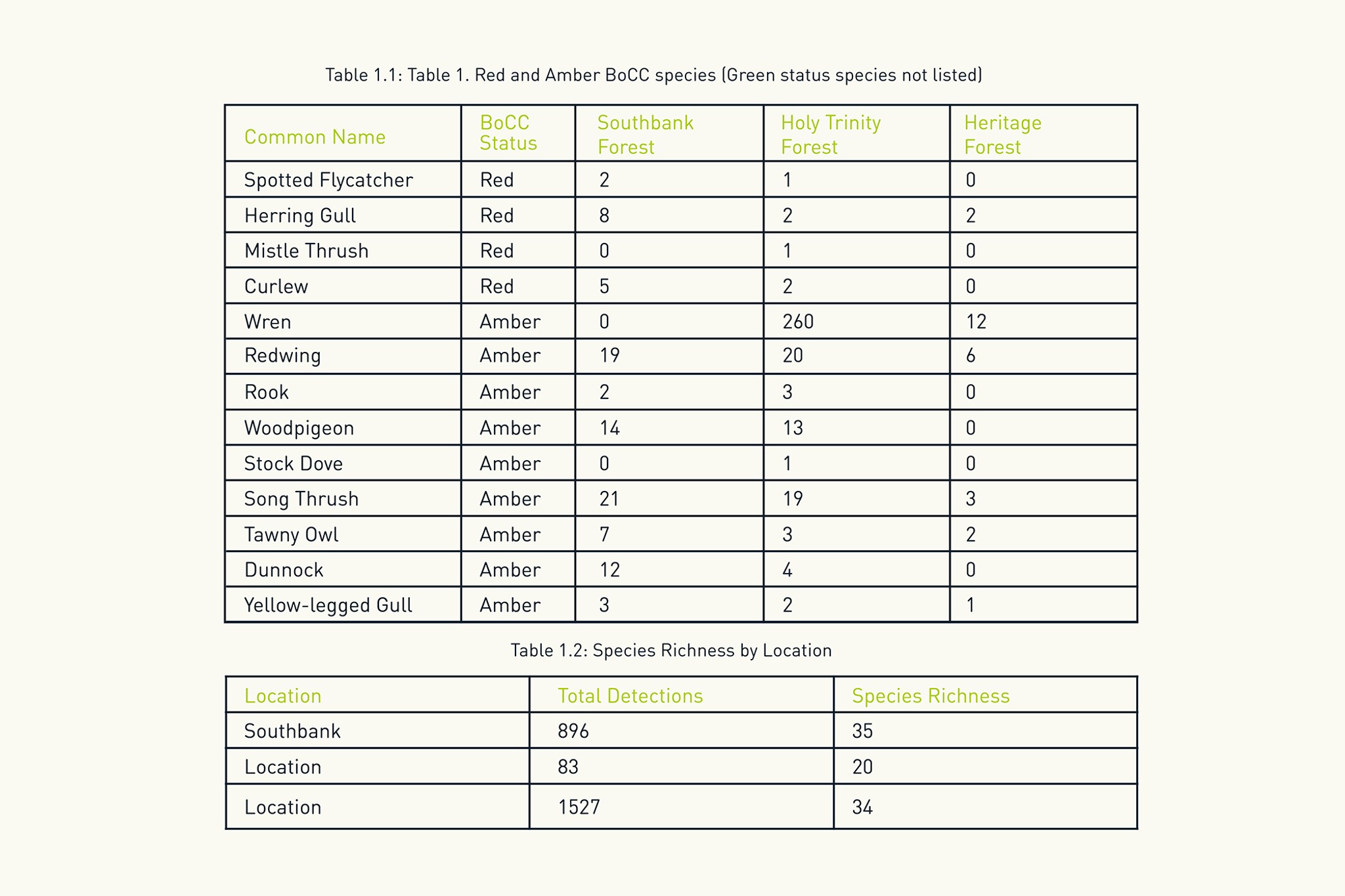
Why It Matters
Urban biodiversity is more than an aesthetic goal; it’s a climate resilience strategy. Pocket forests cool cities, filter air, and provide habitats for pollinators and birds. But proving their impact requires rigorous science.
By partnering with Baker Consultants, SUGi is contributing to the global efforts of biodiversity monitoring, aligning with the goals of the Kunming-Montreal Global Biodiversity Framework (2022), which calls for unified and transparent methods of tracking nature recovery.
Sound-based monitoring is scalable, non-invasive, and repeatable - making it a vital tool for measuring ecological health in cities worldwide.

The Sound of the Future
In just a few years, London’s pocket forests have transformed from patches of bare soil into living ecosystems alive with song and movement. The recordings capture not only the voices of birds and insects but the story of restoration, proving that community-led interventions can spark measurable biodiversity gains.
This research shows that SUGi’s impact is not only visible, but audible. Each pocket forest contributes to a louder, more diverse natural chorus, one that signals hope for cities worldwide striving to reconnect with nature.
As cities grow denser and hotter, rewilding initiatives like SUGi’s are essential to restoring the natural rhythms that sustain us all.
Because sometimes, the clearest evidence that nature is healing is the simple, joyful sound of life coming back to life.
This study has been realized by Baker Consultants with the support of Environment Bank.

